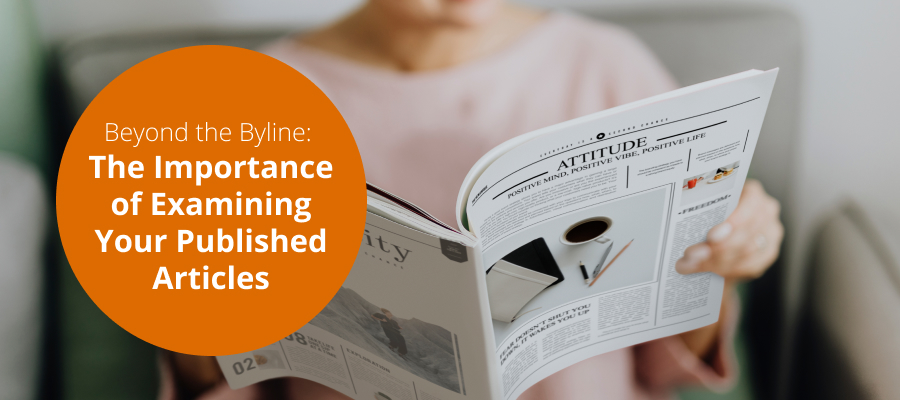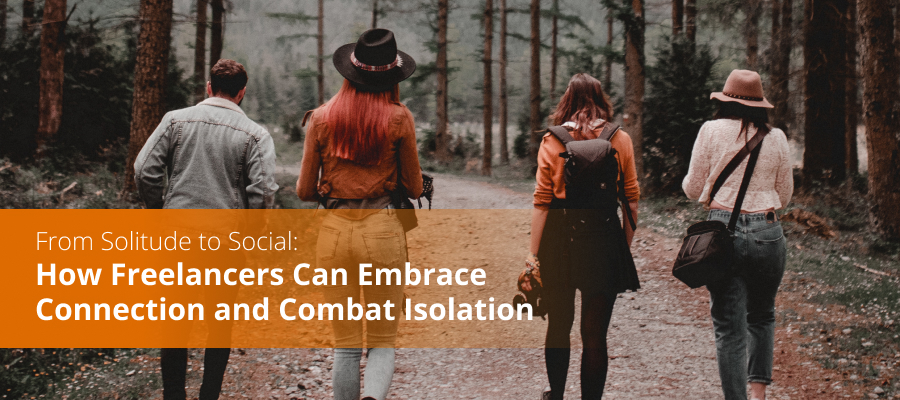That means you must use their full name (first and surname) and age. You also often need to include roughly where they are from – so “London” or “Nottingham” for example, as well as their job.
Sometimes, depending on the topic, of course, it may be relevant to say if they have a partner and/or children. In many cases, you will need to ask them for a photo too.
Why is this so important? Editors – and readers – have an annoying habit of assuming anonymous case studies are made up. And inventing quotes from imaginary case studies is bad journalistic practice. The point of interviewing someone is to really get under their skin and offer new insights into a particular subject. Making it up cheats the reader.
There are some occasions when it is fine to use anonymous case studies – as long as you actually carry out the interview, of course. Examples include:
- Legal reasons. You cannot name a victim of rape or sexual assault, for instance, without their written permission (and they may not want you to use their name).
- Not identifying other people. Naming a case study can potentially identify others e.g. someone’s husband or wife. If you quoted a case study saying their wife had an affair with the milkman, you could potentially end up in court having to prove it is true.
- When the subject is very sensitive. This is the most common reason. You may find it hard to get anyone to go on the record if talking about the time they were involved with social services, for instance.
- The embarrassment factor. Want to talk to someone who admits that when supposedly working from home they are actually watching Netflix? They are very unlikely to want this to be public knowledge.
There are also people who are very happy to be interviewed on perfectly innocuous subjects but don’t want their name and face in the press. If there is no good reason for this and they won’t be persuaded, you’ll need to find someone else.
The golden rule is to always check with the commissioning editor at the start – and occasionally once you’ve started your research. For instance, if you find two great identified case studies, they may be happy to accept a third anonymous one if they have a strong story.



